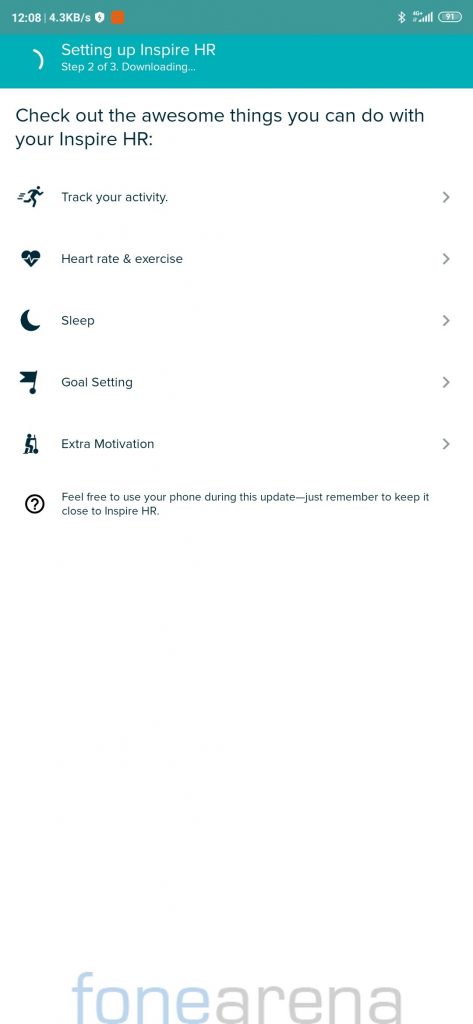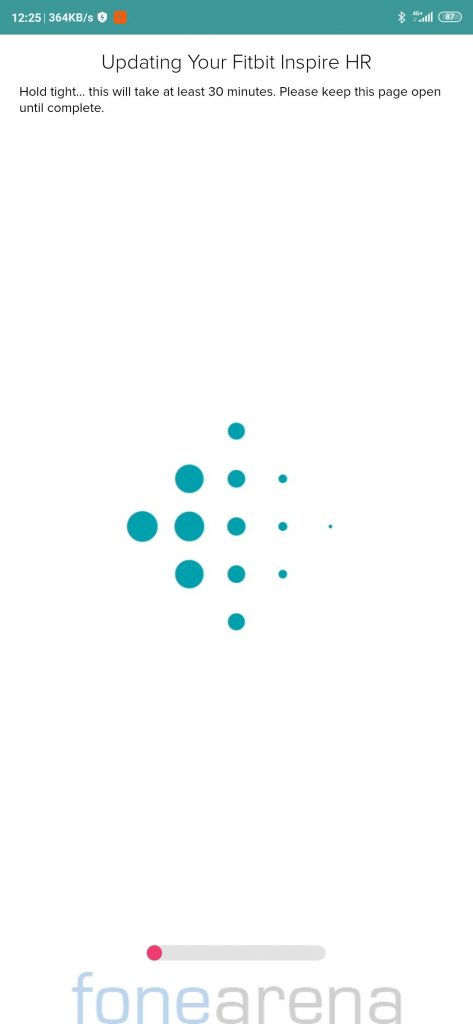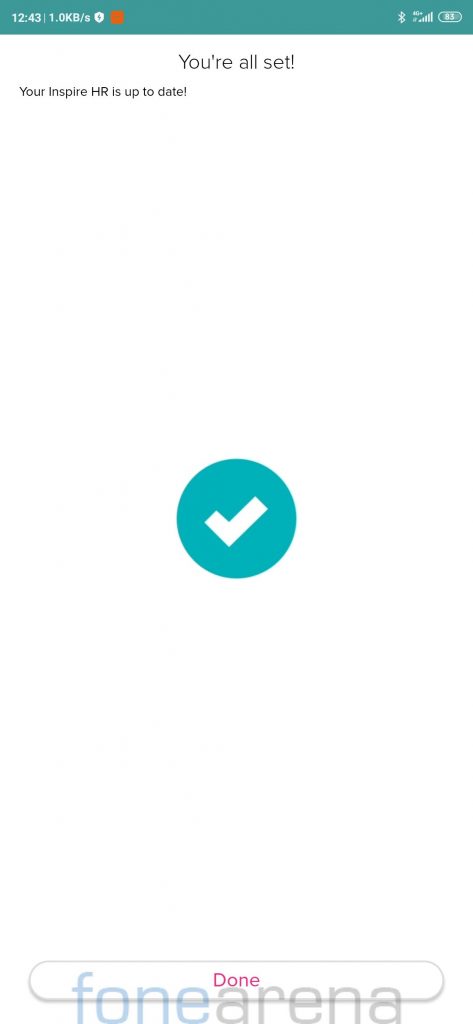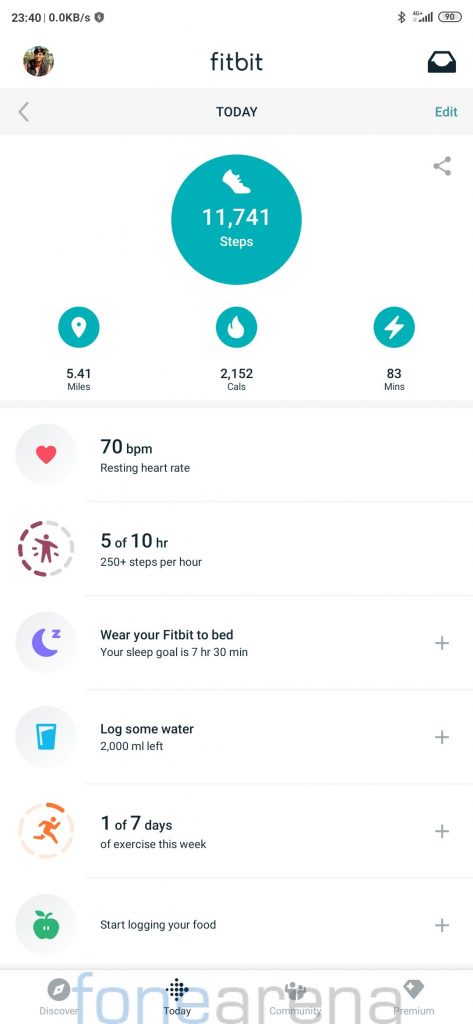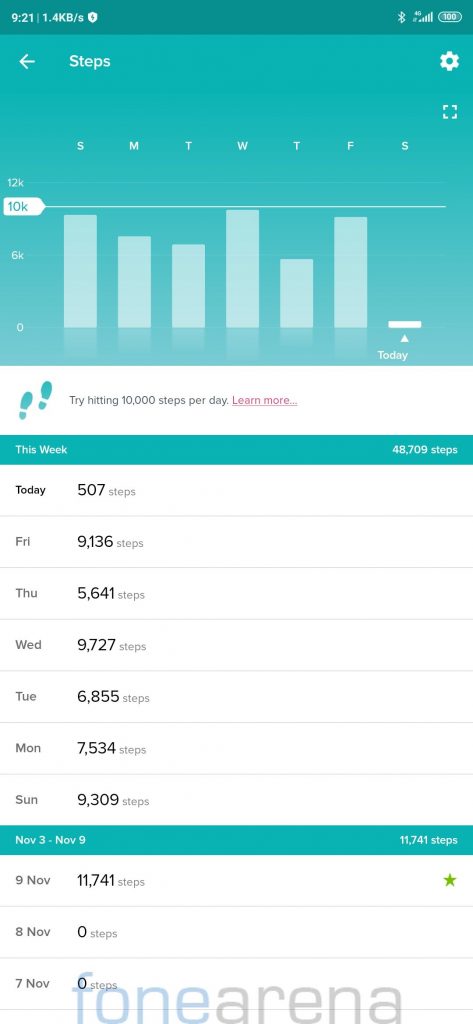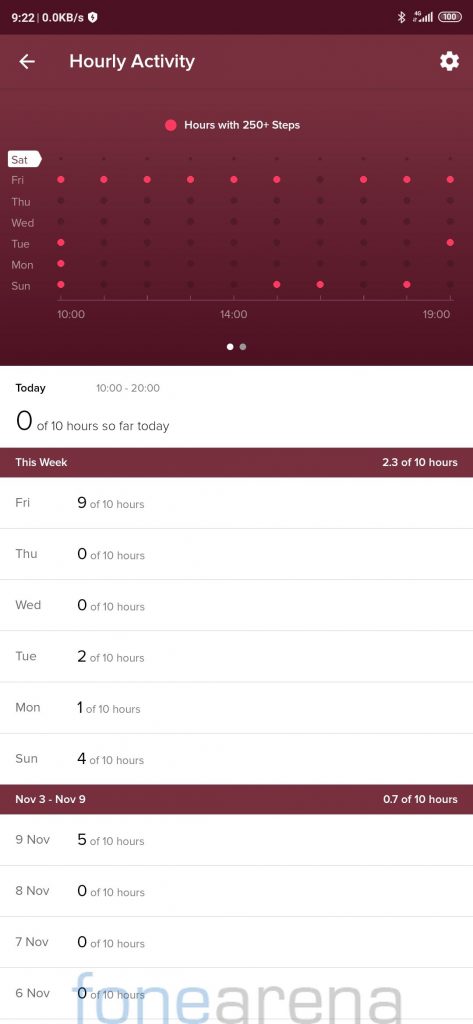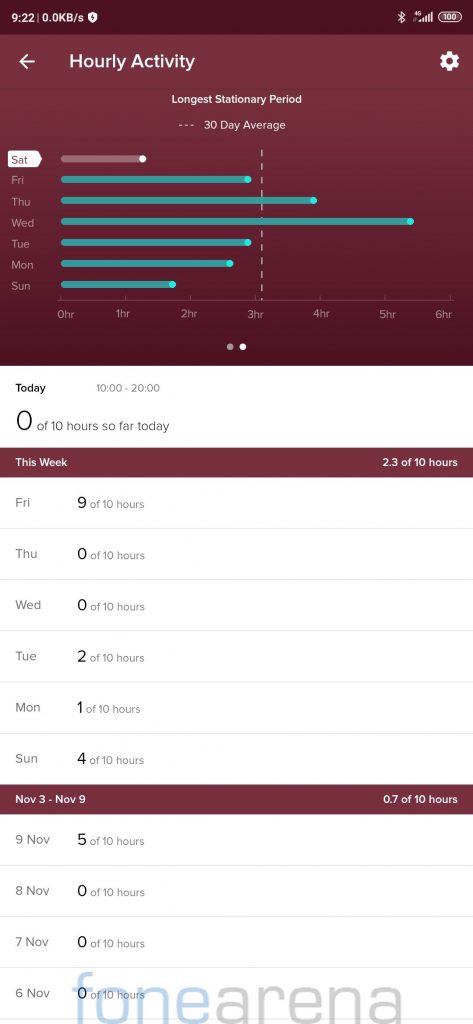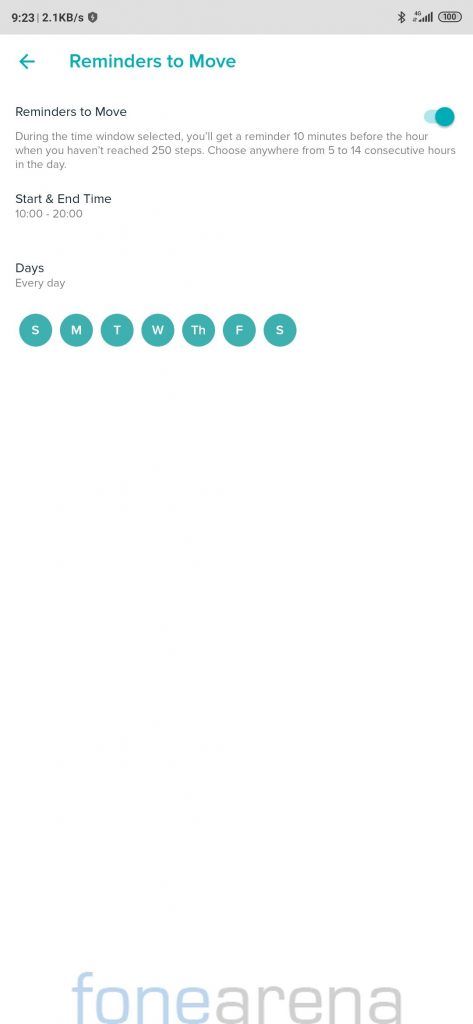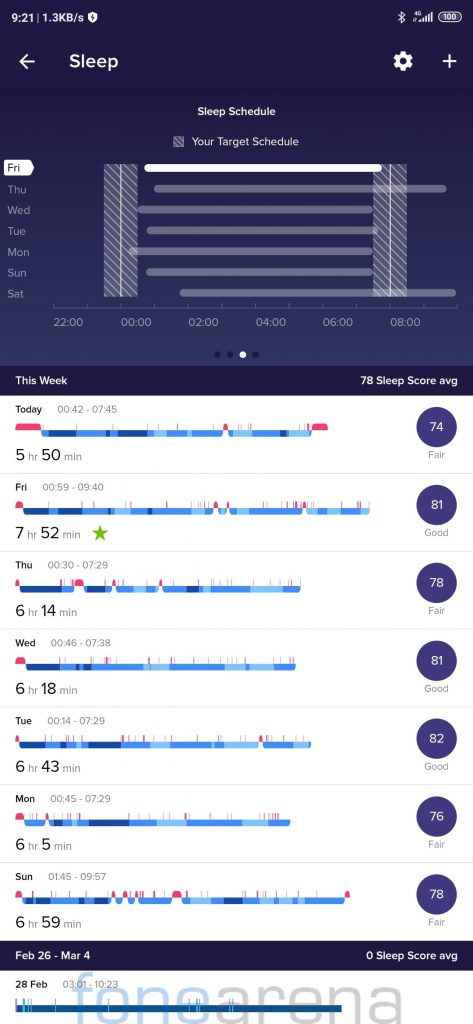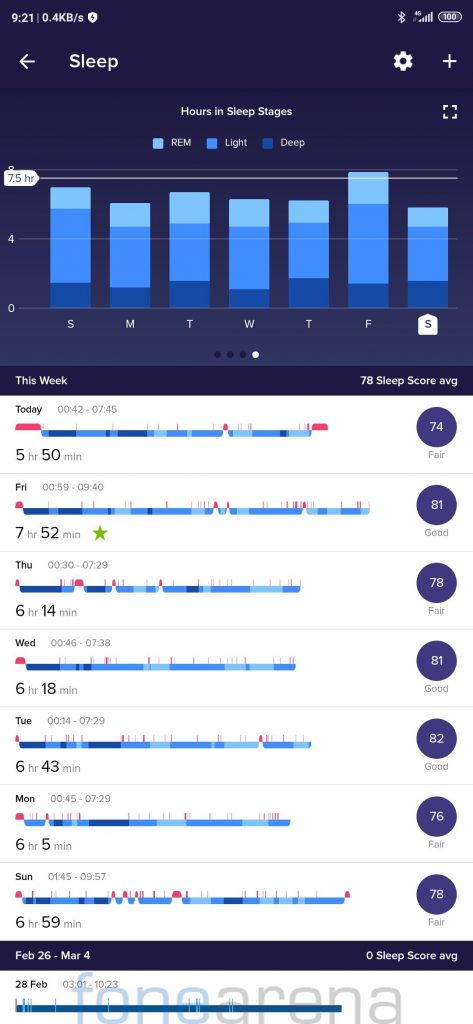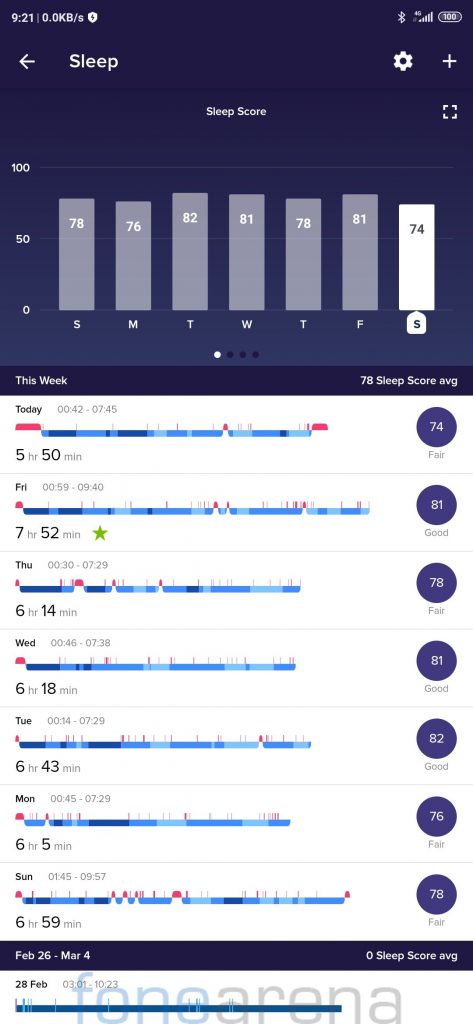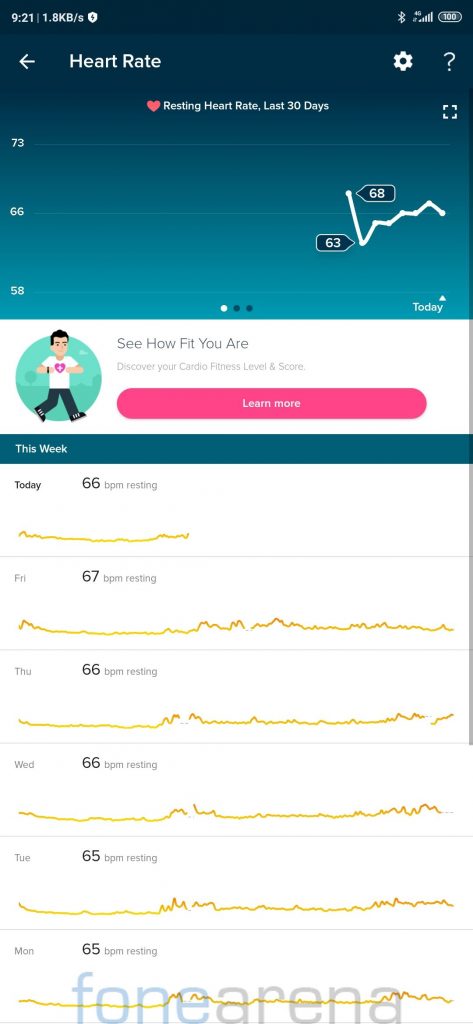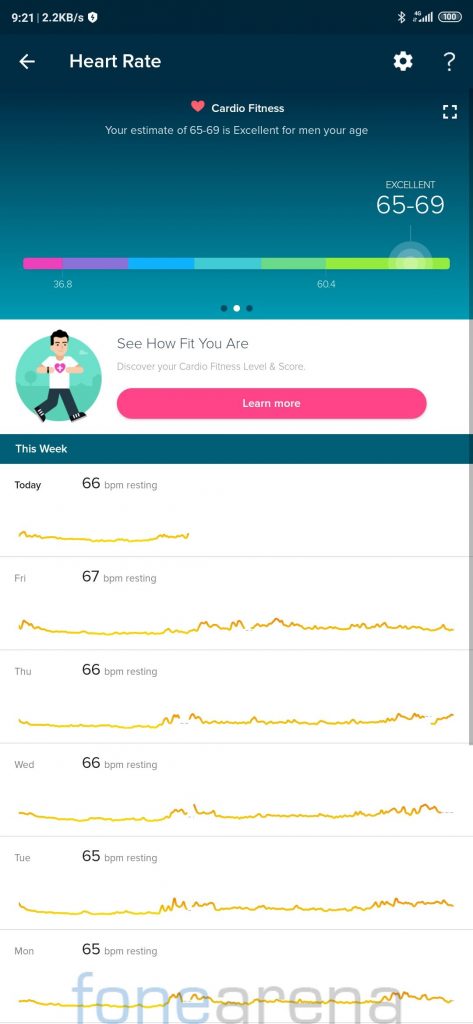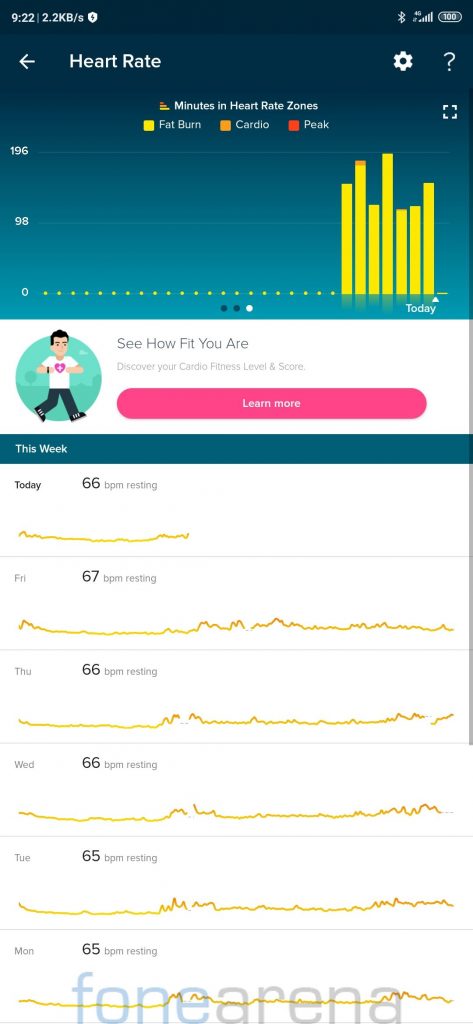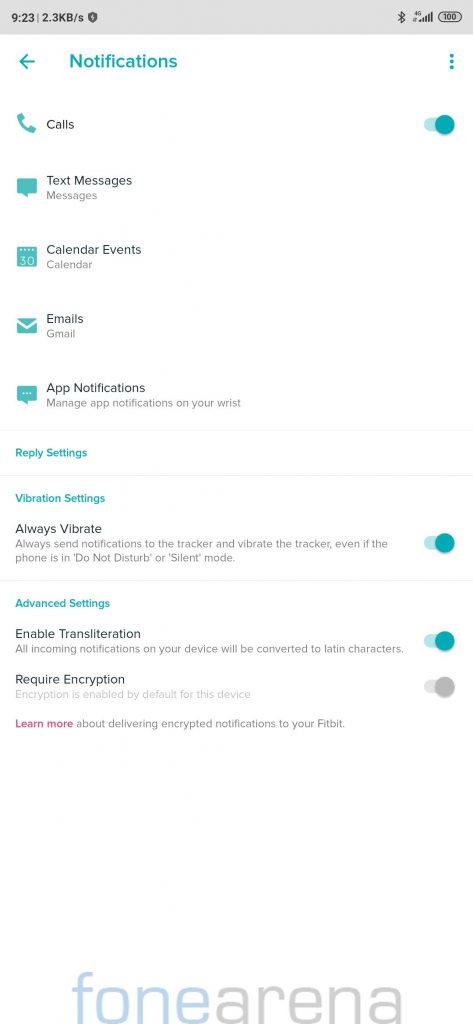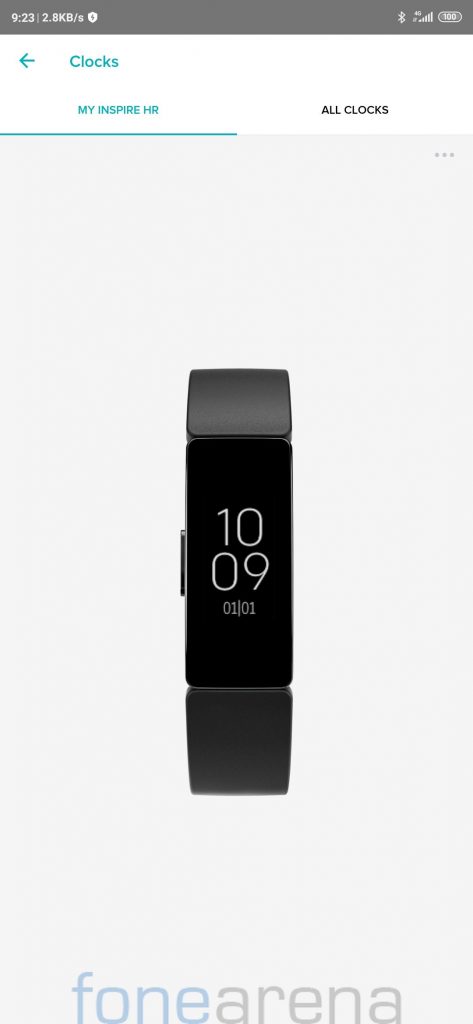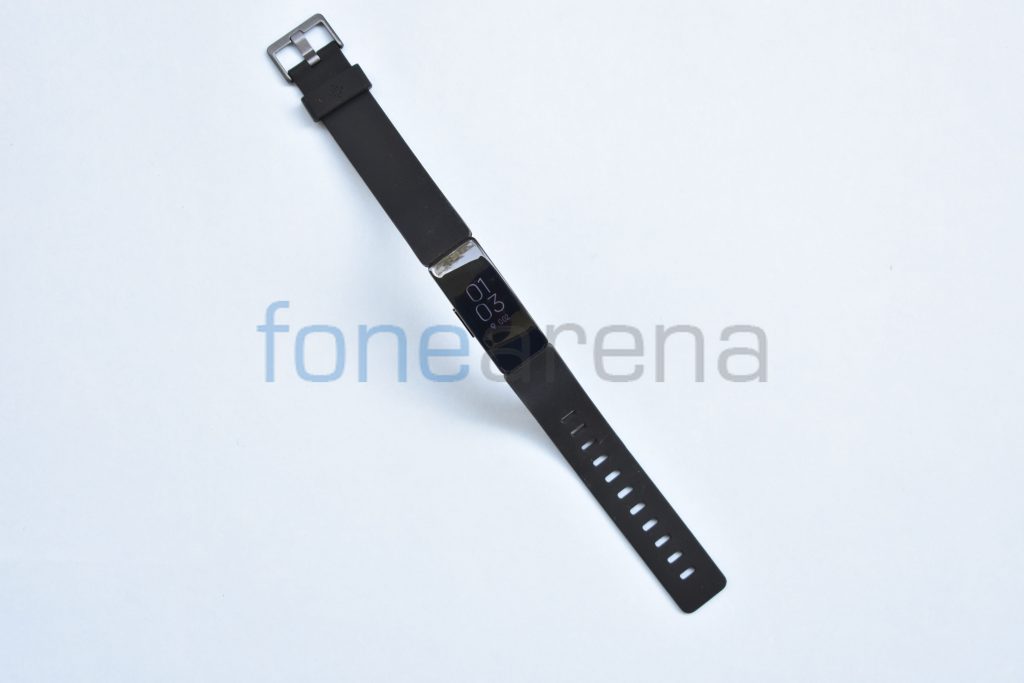
Fitbit, earlier this year, announced a couple of affordable fitness trackers under Inspire series replacing the Flex and Alta lineup. Fitbit Inspire series features a new modern and comfortable design and has all the essential features, including automatic activity, exercise and sleep tracking to help users stay on track. Fitbit Inspire and Inspire HR both have a touchscreen display, swim-proof design, support smartphone notifications, and offer up to 5 days of battery life. In a market flooded with affordable activity trackers, how does Inspire HR fair out? Read on our full review to find out.
Box Contents
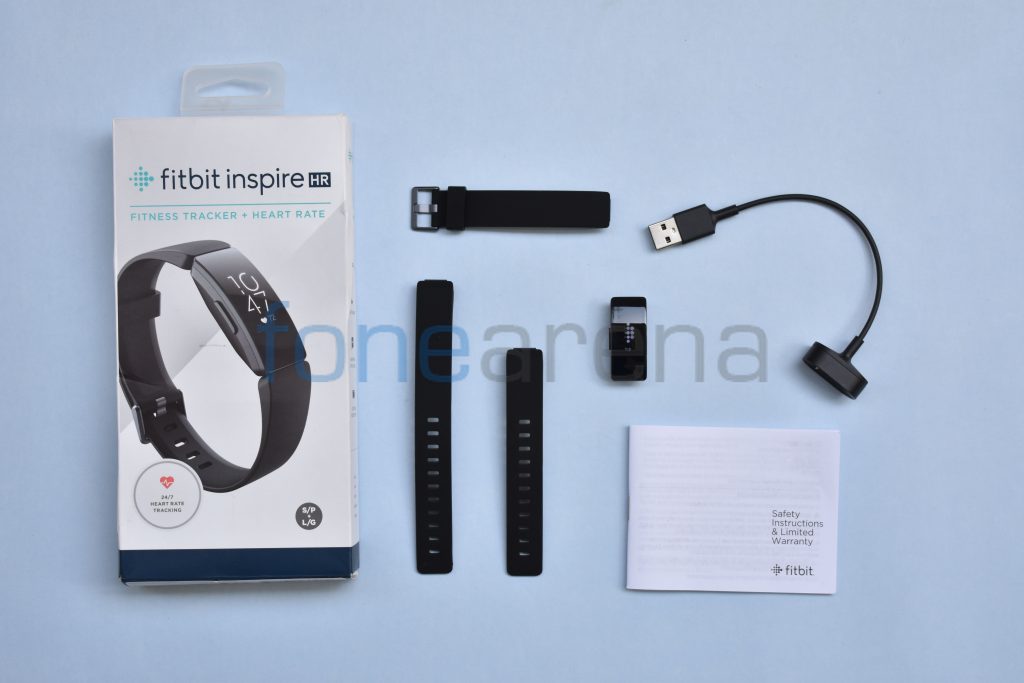
- Fitbit Inspire HR
- Extra Strap
- Charging Cradle
- User Manual
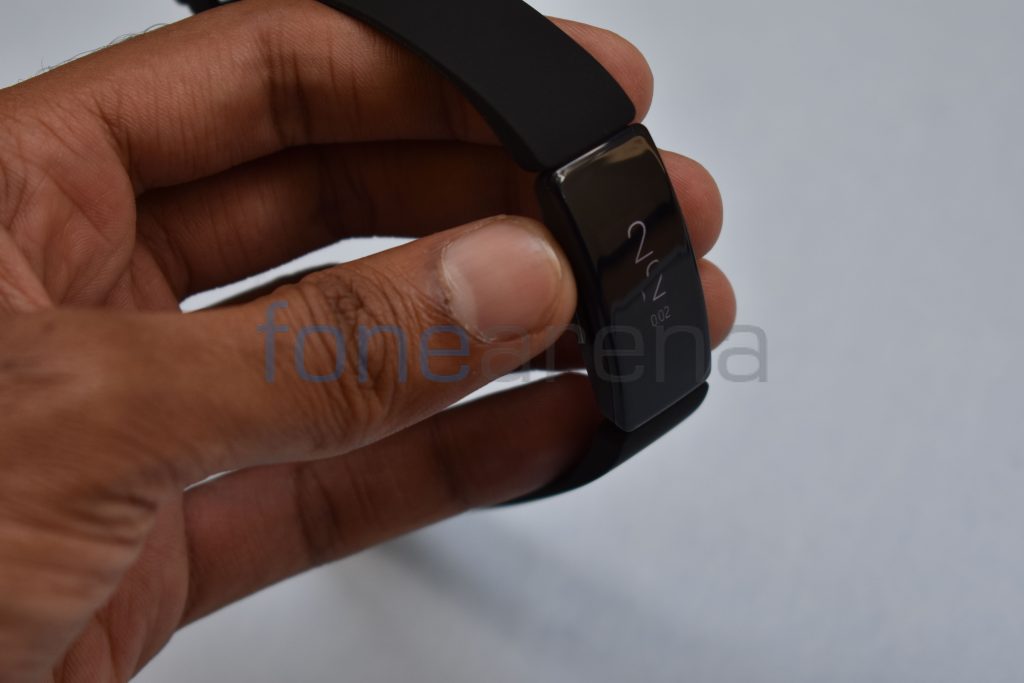 Fitbit Inspire has a conventional design similar to other activity trackers, but it’s sleek and has curvy edges making it comfortable on the wrist. It is completely made of plastic and due to which it weighs just 30 grams. Fitbit Inspire is water-resistant up to 50 meters, so you can even expose it to clean water and shower without worries.
Fitbit Inspire has a conventional design similar to other activity trackers, but it’s sleek and has curvy edges making it comfortable on the wrist. It is completely made of plastic and due to which it weighs just 30 grams. Fitbit Inspire is water-resistant up to 50 meters, so you can even expose it to clean water and shower without worries.
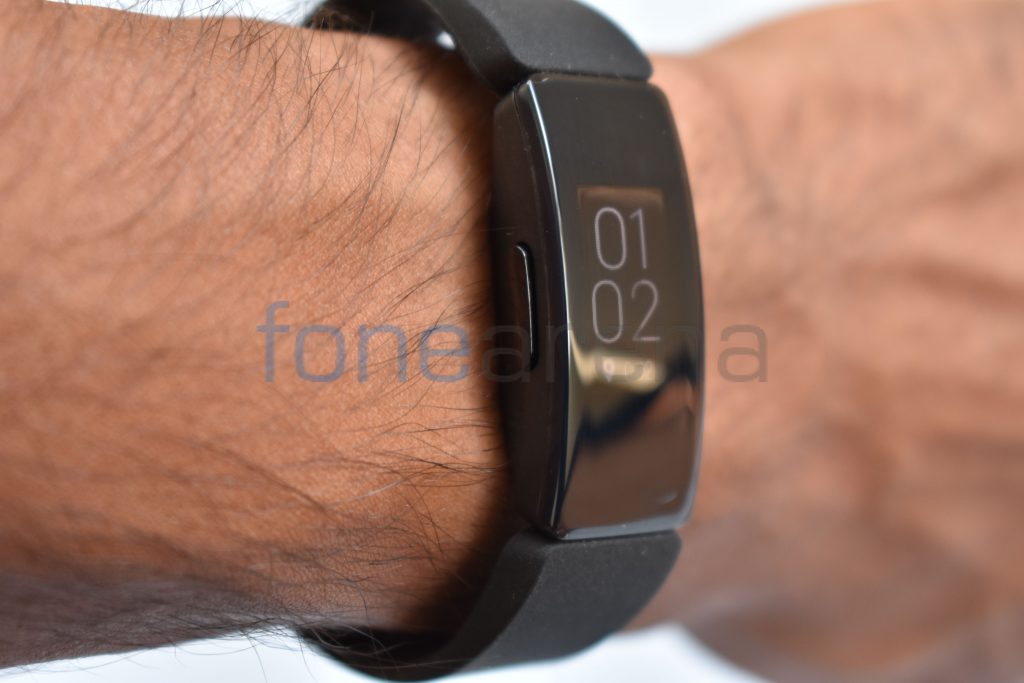
Fitbit Inspire features a tiny OLED monochrome touchscreen display with a 128 x 72 pixel resolution, the display seems to occupy around 50-60% of the front due to the huge bezels all around. The display is bright and users can choose between 5 brightness levels, during our testing we found the display properly visible at level 3 even in bright sunlight. It uses Bluetooth 4.0 and can be connected to devices running Android, iOS and Windows 10.
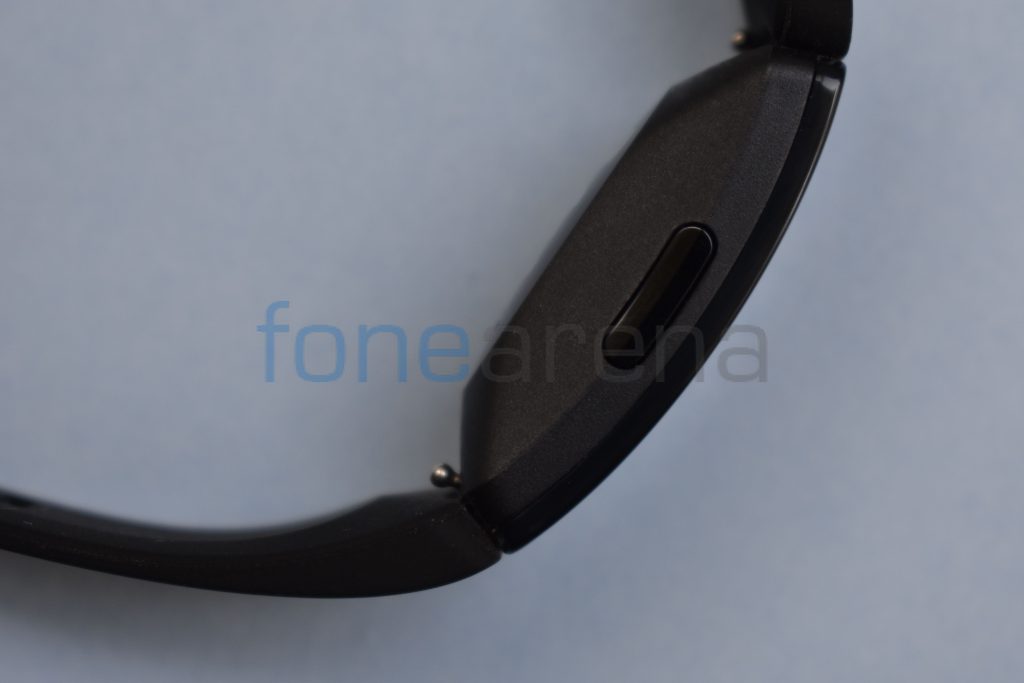
On the left side, you will find a button which can be used to wake up the display, the button can also be used to go to the home screen. The button can also be used to restart the fitness tracker with a long press. Users can navigate through the interface with the help of swipe gestures which I found simple and intuitive. The default screen on the Fitbit Inspire shows time, users can swipe from bottom to see additional information such as steps, heart rate, distance traveled and more. The touch response felt good, and we didn’t find any hick-ups while scrolling through the stats.
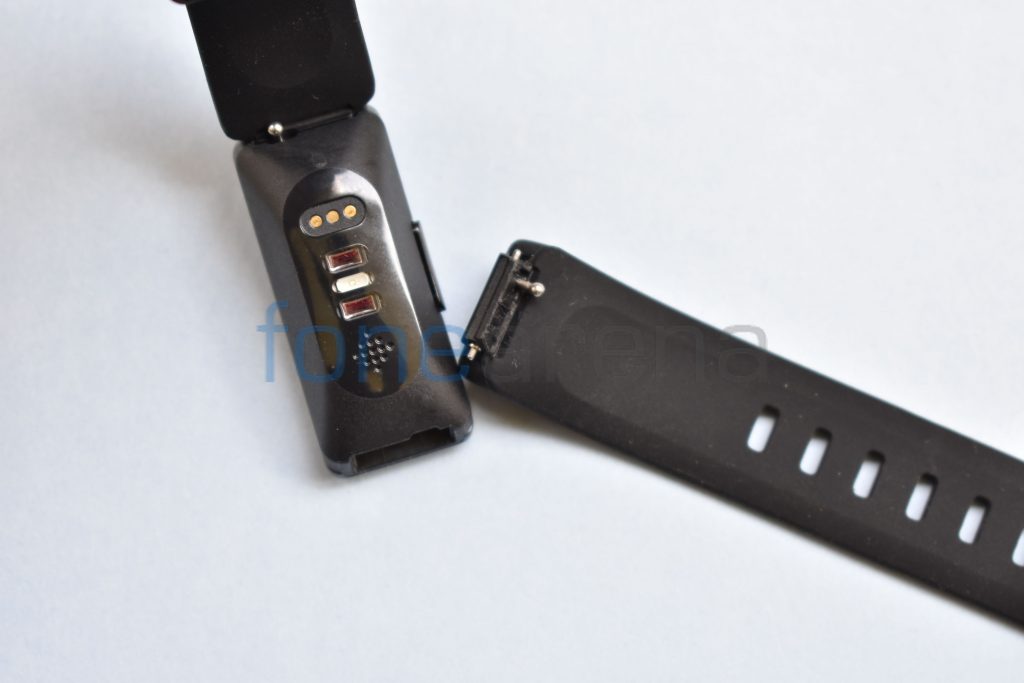
Fitbit Inspire has a simple mechanism to change the strap, the company ships all the units with an extra strap. The activity tracker capsule can be removed from the strap just by a couple of button presses. Fitbit has crafted some straps such as leather, classic, print and stainless steel to provide a more personalized experience, but these straps start at 1,999, and we don’t think it’s worth spending this amount on straps standalone.
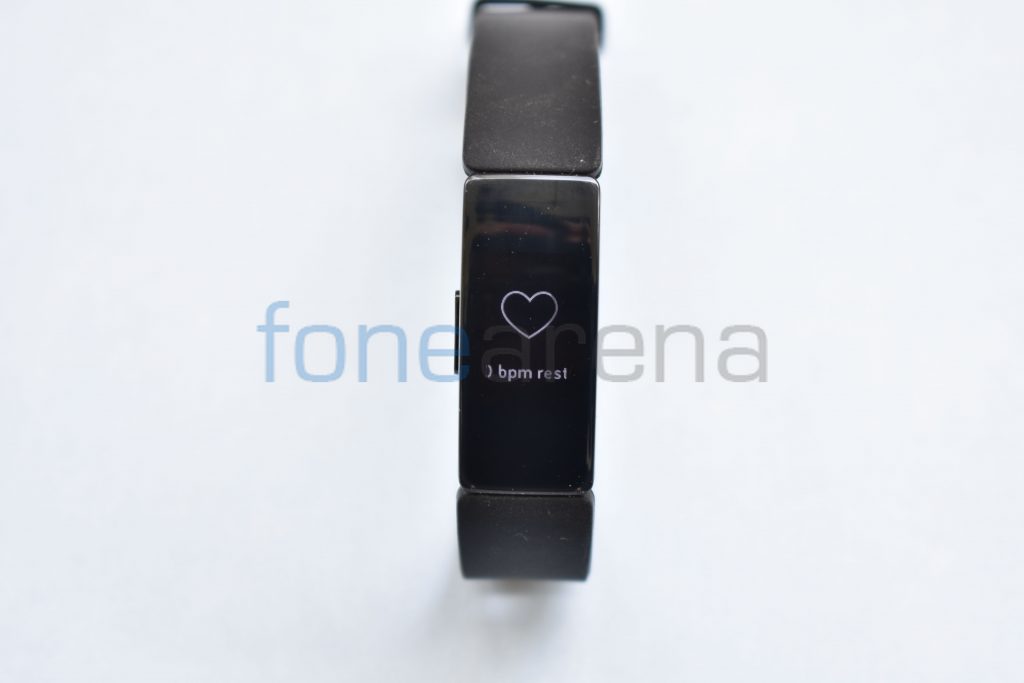
The Inspire HR variant features a heart rate monitor at the back along with the charging pins. The heart rate monitor illuminates green light while measuring heart rate.
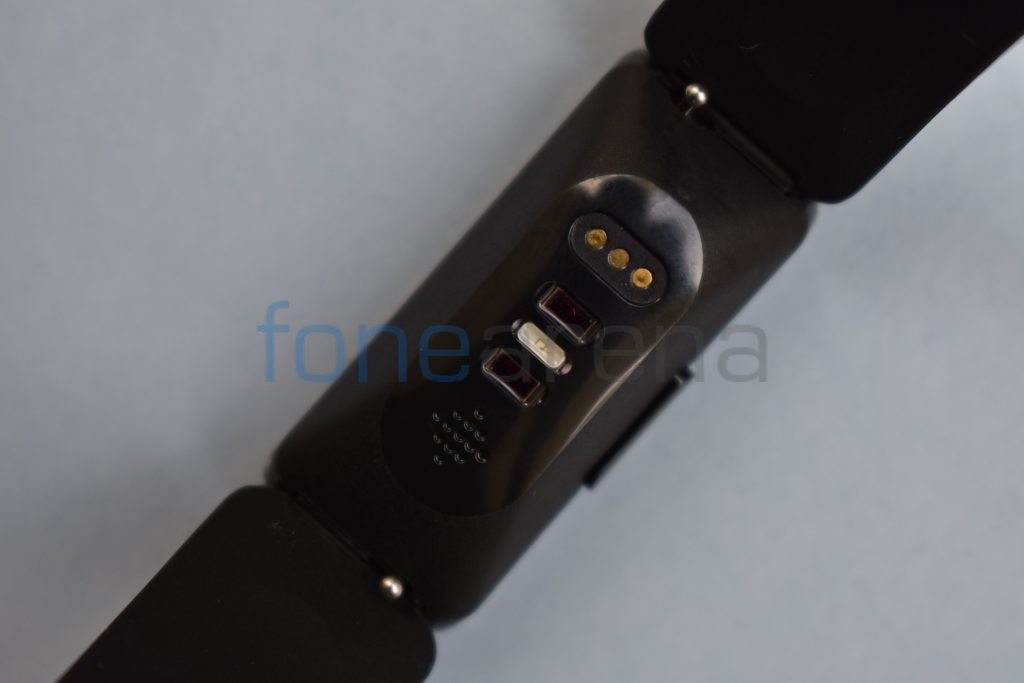
Users can get the call, messages, and notifications alert for various apps on the Fitbit Inspire. The screen is tiny and so checking notification content is a challenge in itself.
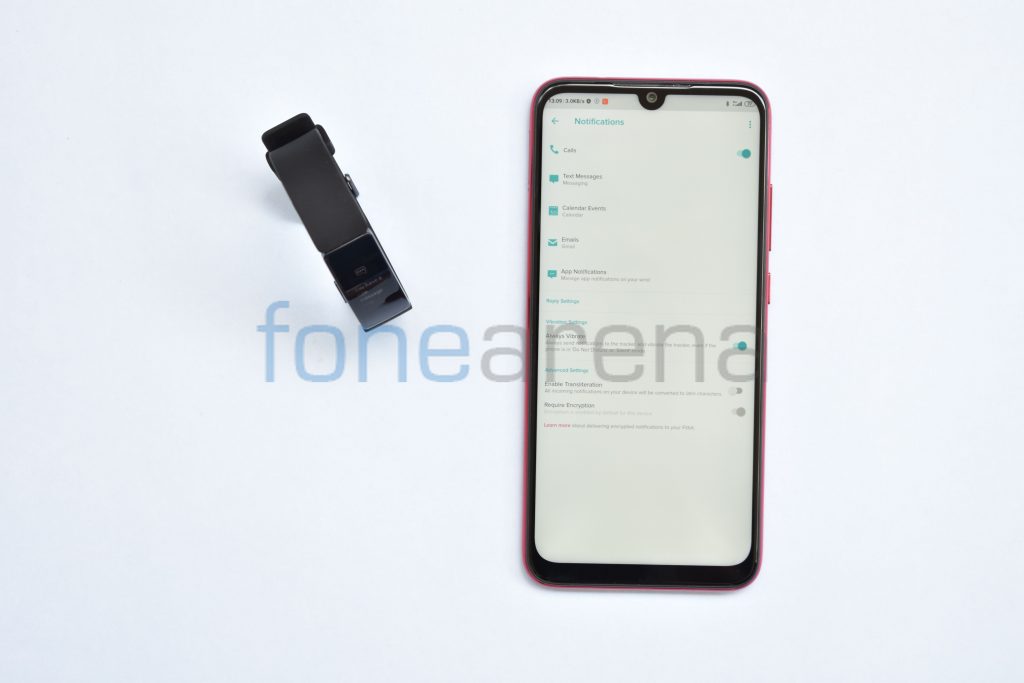
One of the things that I personally like about the Fitbit products is the app interface and the statistics it offers. The pairing process is tedious and takes about 20-25 minutes, the tracker needs to be in charging state while pairing.
The homepage shows a summary of the entire day including steps, hourly activity, distance, calories burnt, heart rate and sleep time.
The app shows hourly activity and motivates users to take at least 250 steps every hour, the tracker vibrates if the user remains inactive for a long time.
Users can view the detailed sleep statistics on the app and generates a score on the basis of sleep quality. Users can set a sleep schedule, and the app shows a graph for the entire week on the basis of time set by the user, which might motivate the user to follow a proper sleeping schedule.
You can view the detailed heart rate statistics as well on the app including resting heart rate.
Users can change the watch face as well from the app, the watch faces available are limited and boring.
The tiny backlit OLED display on the Fitbit Inspire HR gets its juice from the in-built battery, which can last for 5 days on a single charge, claims Fitbit. The 5-day battery life might seem just meh to some people since there are fitness trackers and smart bands in the market that last for 15-20 days on a single charge but most of the folks will enjoy having the convenience of charging it just once a week.
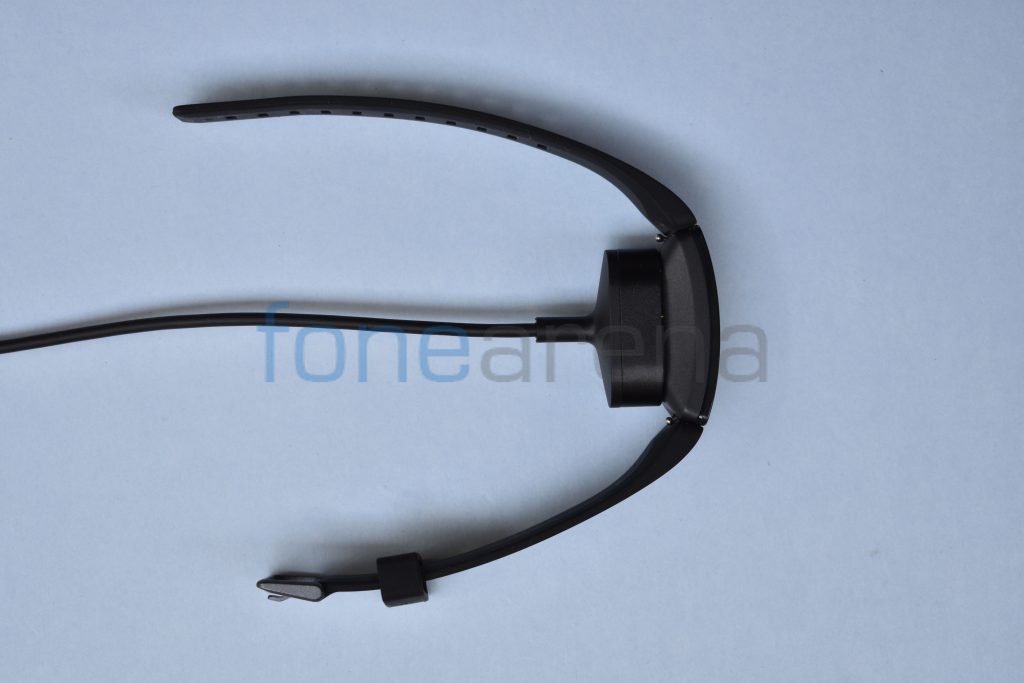
During our testing, we got a battery life of about 6 days per charge, which is surprisingly more than what the company claims. Once drained, the battery can be charged using the magnetic proprietary charger that takes about 1 hour to charge from 0 to 100. The magnetic charging dock gets attached to the pins on the back of the tracker without any issue and can hold it well, it doesn’t feel fiddly, and we didn’t encounter any issue in this area in our 3 weeks of usage.
Conclusion
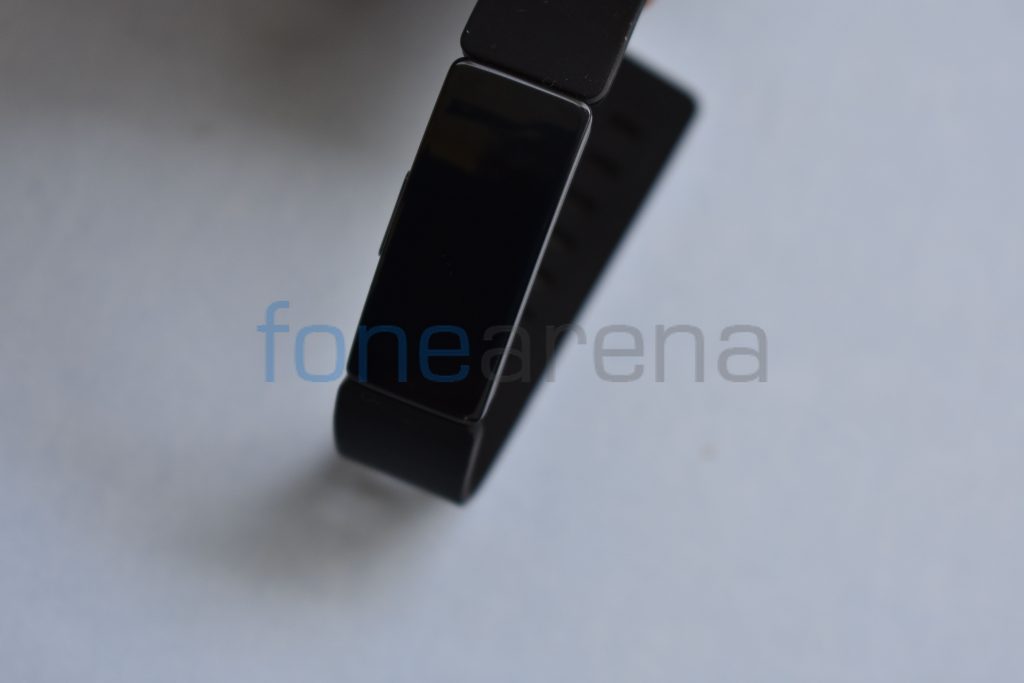
It was launched at a price of INR 8,999 in India but it’s been more than 8 months since launch and now, the Fitbit Inspire HR retails for INR 5,999 on Flipkart. At this price, it’s an easy recommendation if you’re in the market for a smart activity tracker. The Fitbit Inspire HR can be found at an even cheaper price during the sales, it is available for INR 3,499 during the ongoing Flipkart sale.
If you’re on a strict budget, you may consider the Fitbit Inspire that now retails for INR 4,499 and can be bought even at a cheaper price during sales. It packs all the features as the Fitbit Inspire HR, but lacks the heart rate monitor.

